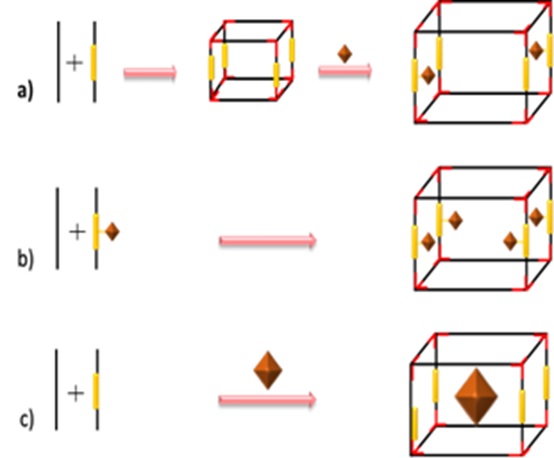
About
Iranian Journal of Catalysis (IJC) publishes experimental and theoretical research results of outstanding significance in the field of catalysts and their application in organic, inorganic, bioorganic, analytical, polymer, and other branches of chemistry. The scope of IJC includes homogeneous and heterogeneous catalysis, catalytic reactions, computational catalysis, synthesis and catalytic function of novel inorganic solids and complexes, enzymatic catalysis, and spectroscopic methods for structural characterization.
Journal DOI: 10.57647/IJC
Journal Abbreviation: Iran J Catal
Journal Title Acronym: IJC
Owner organisation: Islamic Azad University-Shahreza Branch
Publisher: Islamic Azad University-Shahreza Branch, Co-publishing, OICC Press, UK
IJC is an open access, peer-reviewed journal (double-blinded), meaning that all interested readers can freely access the journal online at https://oiccpress.com/iranian-journal-of-catalysis/ without needing a subscription.
All manuscripts and revisions will undergo plagiarism check using similarity detection systems such as iThenticate, along with other available tools.
In Addition, the “Iranian Journal of Catalysis” has been indexed on the “Web of Science“.
The “Iranian Journal of Catalysis” is now included in the Journal Impact Factor List of “Clarivate”, 2023. (JCR)
The “Iranian Journal of Catalysis” has become a member of COPE, the Committee on Publication Ethics, since January 2013.
Latest News:
We would like to inform all authors and contributors that, effective 1st November 2025, an Article Processing Charge (APC) will apply to all new submissions, manuscripts submitted on or after this date that are accepted for publication in the Iranian Journal of Catalysis (IJC).
Journal Statistics
2.6
Journal Citation Indicator-JCI (2024)6.0 (2024)
Scopus CiteScore0.260
SJR: Scimago Journal Rank (2021)0.316
SNIP (2021)2509
Citations24
h-index75
i10-index4
Issues Per Year15
No. of Volumes54
No. of Issues570
No. of Articles37%
Acceptance Rate552,956
Article View372,629
PDF DownloadCurrent Issue
Vol 15, No 04: December 2025
Published December 16, 2025
Table of Contents
Original Article
Spotlight







 10.57647/j.ijc.2025.1504.39
10.57647/j.ijc.2025.1504.39







